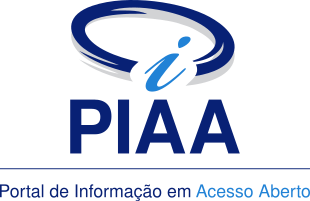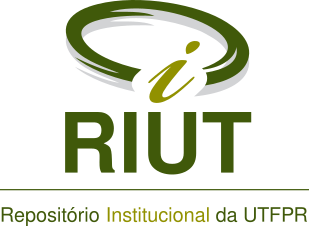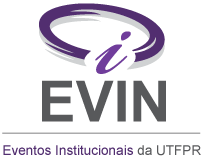Application of an ultrasound process to extract catechins from green tea wastes
Resumo
There is increasing need for industries to develop innovative technologies that in addition to being low cost, are also fast and provide high yields and efficiency, while at the same time avoiding adverse effects in the environment. One technique that conforms to these requirements is the use of ultrasound, which also offers ease of application and can be used in the extraction of compounds from leaves. The aim of the present work was to evaluate the efficiency of ultrasound in extracting catechins from green tea wastes, employing solvents with different polarities: water, acetone, ethanol, methanol, and isopropanol. The best extraction results were achieved using water as the solvent. Comparison was then made of extractions using water in the presence or absence of ultrasonication. The cavitation in the liquid medium, induced by the sound waves, acted to increase the permeability of the cell walls, leading to increased penetration of the solvent and greater extraction efficiency.
Palavras-chave
chá verde; ultrassom, catequinas
Texto completo:
PDFDOI: 10.3895/rebrapa.v7n3.3724
Apontamentos
- Não há apontamentos.
Direitos autorais 2016 CC-BY

Esta obra está licenciada sob uma licença Creative Commons Atribuição 4.0 Internacional.





